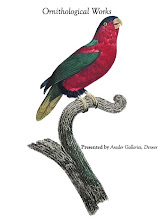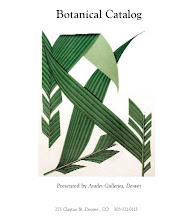


Hendrik Adriaan Van Rheede tot Draakestein A selection from Hortus Malabaricus Engravings with original hand color, Amsterdam, 1678-1693
Hendrik Van Rheede's sumptuous Hortus Malabaricus is the oldest comprehensive printed book on the exotic plant life of Asia and of the tropics. The work was undertaken when Van Rheede was the Dutch Governor of Cochin, a princely state of India, and was published in Amsterdam from 1678 through 1693 as twelve double-folio volumes. Mentioned in these volumes are plants of the Malabar region, which in his time referred to the stretch along the Western Ghats from Goa to Kanyakumari. The ethno-medical information presented in the work was extracted from palm leaf manuscripts by a famous practitioner of herbal medicine named Itty Achuden.
The publication was a massive undertaking. The work took thirty years to compile and was edited by a team of nearly a hundred contributors, including physicians, professors of medicine and botany, amateur botanists (such as Arnold Seyn, Theodore Jansson of Almeloveen, Paul Herman, Johannes Munnicks, Joannes Commelinus, Abraham Poot), Indian scholars and vaidyas (physicians) of Malabar and adjacent regions, and technicians, illustrators and engravers, together with the collaboration of company officials and clergymen. Van Rheede was also assisted by the King of Cochin and the ruling Zamorin of Calicut. The publication is of great importance today as a rare record of the rich botany of Malabar (Kerala) and curative uses of native plants, and is the only source of information about ancient Indian medicinal plants.
Comprising 1,595 pages of text, the book contains descriptions in Latin and illustrations of 742 plants. Included in the plant descriptions are the medical properties of the plants, the respective diseases for which they were used for treatment and the modes of treatment as known to the ancient, renowned traditional physicians of Malabar. The plants are described under their names in the regional language of Malayalam, which was the language used by the natives of Cohin during the seventeenth century. The plates of the plants themselves are copperplate engravings with beautiful hand coloring. Additionally, the introductions, forewords, dedications, and other details given in the various volumes contain much information about the cultural, social, political, historical and linguistic conditions of India.




